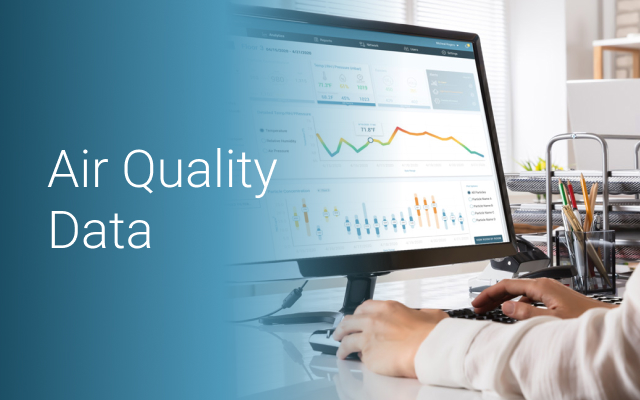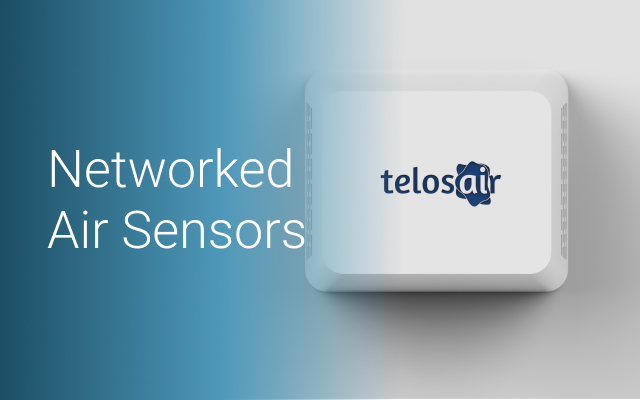While OSHA does not mandate adherence to IAQ regulations for commercial and institutional spaces, it does provide detailed guidelines and recommendations to help prevent or minimize IAQ problems for these spaces. These practical recommendations (osha.gov) address common sources of IAQ issues, such as:
- Improperly operated or maintained HVAC systems
- Moisture/dampness
- Radon
- Outdoor pollutants
- Indoor pollutants (from the use of cleaning and disinfecting supplies, out-gassing, the use of manufacturing equipment, and so on)
ASHRAE (the American Society of Heating, Refrigerating, and Air-Conditioning Engineers) also publishes a set of comprehensive indoor air quality standards and guidelines, with more than 500 pages of documentation covering 40 strategies for meeting 8 critical IAQ objectives (ashrae.org).
Complying with all applicable standards, guidelines, laws, rules, and regulations from ISO, CDC, EPA, and others, can be complex and time-consuming – but it is critical to providing a safe work environment and to reducing the risk to workers, their families, your facilities, and your everyday business processes. Bad IAQ can shut down a facility in a heartbeat, causing interruptions in business or services, disruption to the community, poor community relations, lost wages, bad press – and worse.
TelosAir’s comprehensive solutions take the burden off you and help you improve your compliance posture and risk profile, making sure that you are compliant with all applicable guidelines and mandates for healthy and safe IAQ, and that you are managing the substantial risks of poor IAQ effectively and efficiently.





